Previous work
Fragments and installation views (2017-2021)


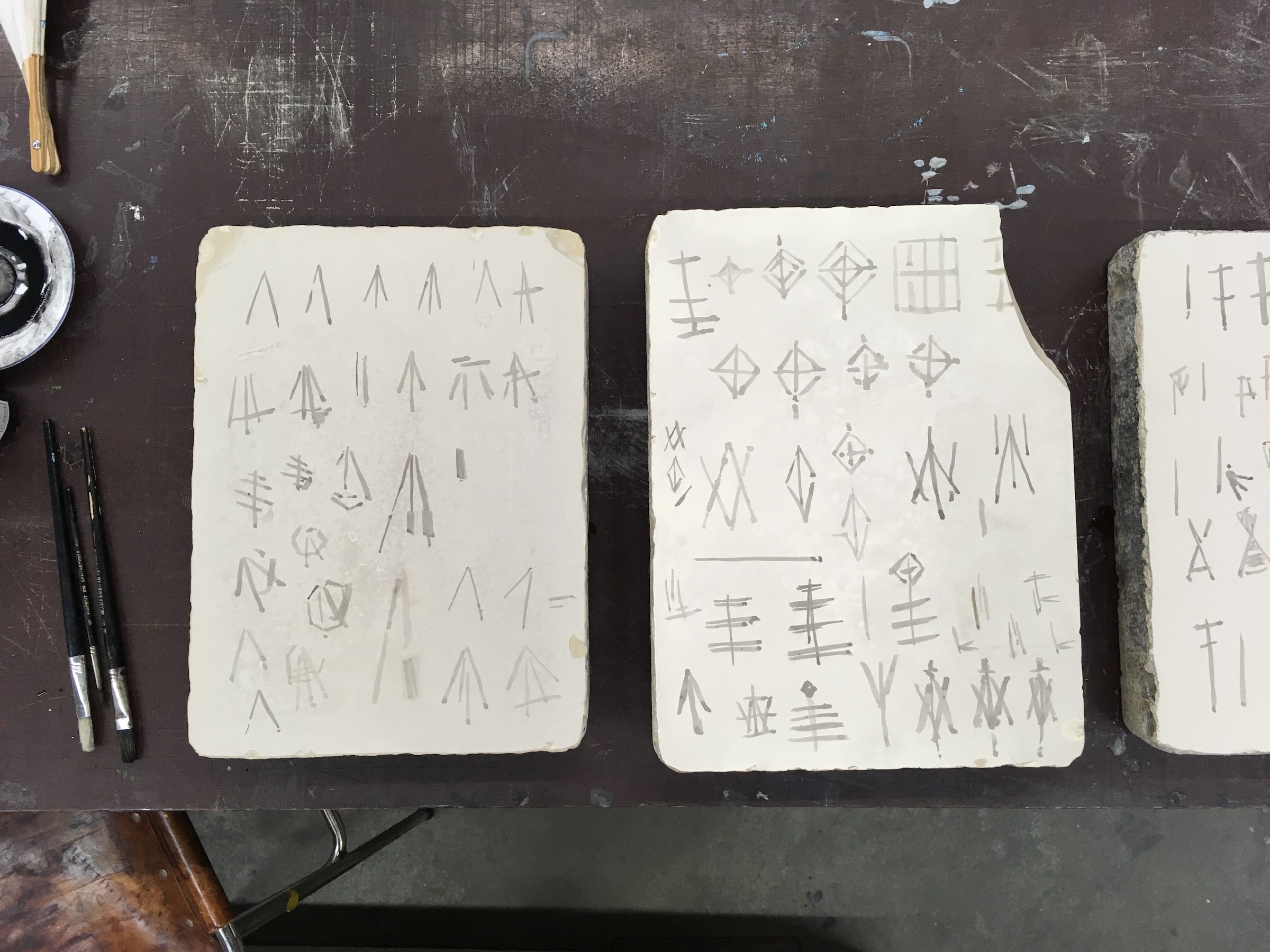
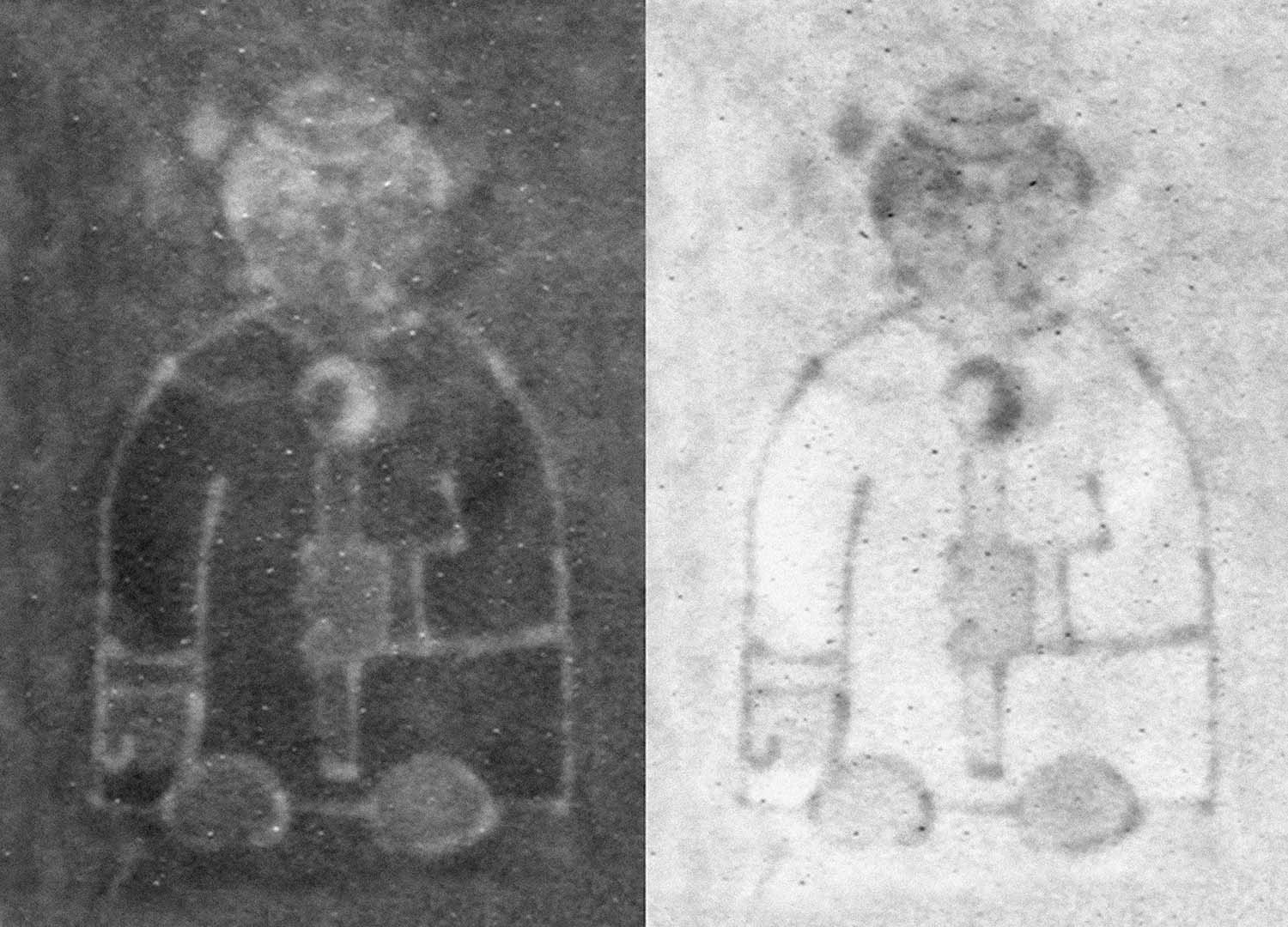

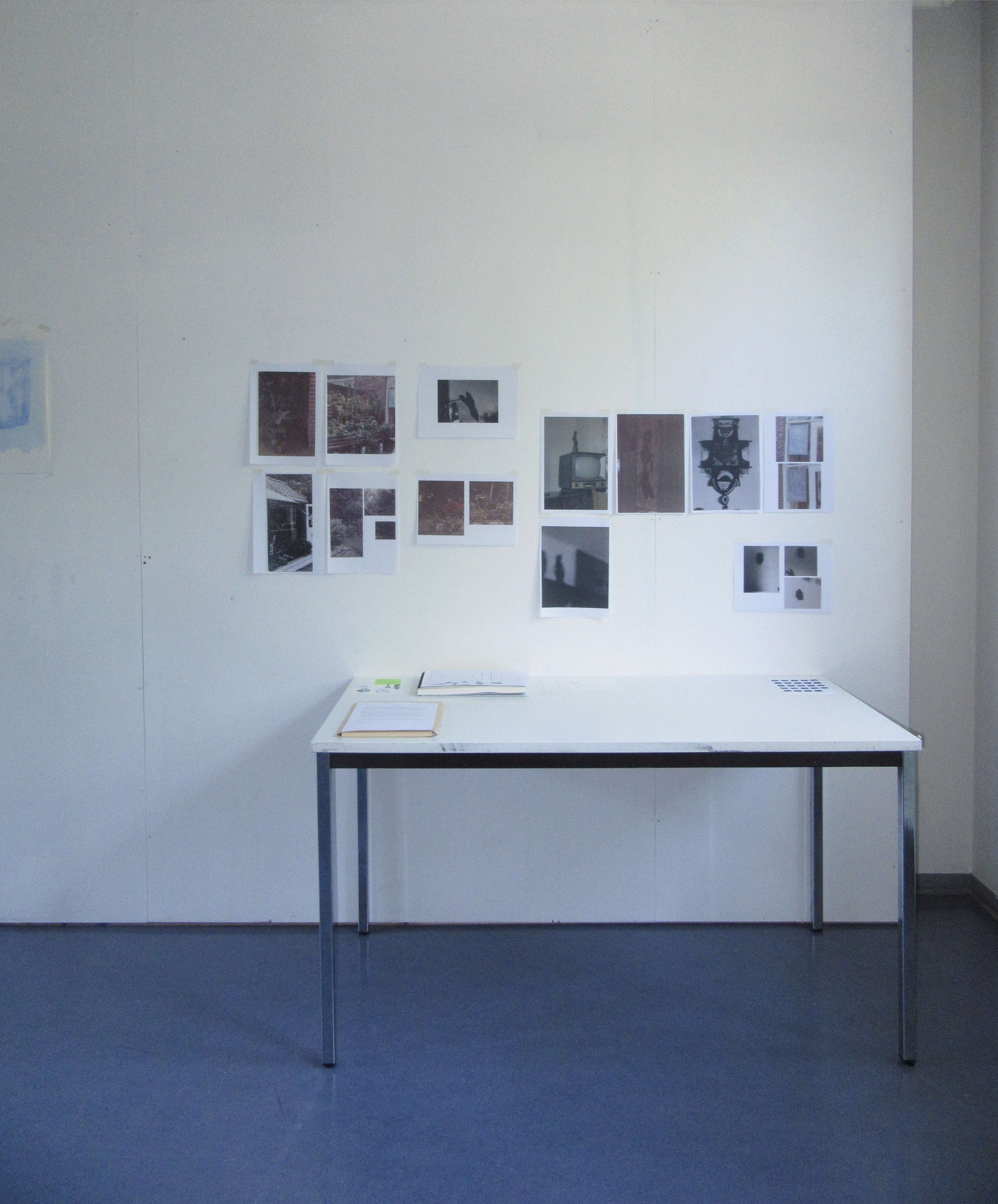
Various drawings and commissions (selection, 2017-2018)
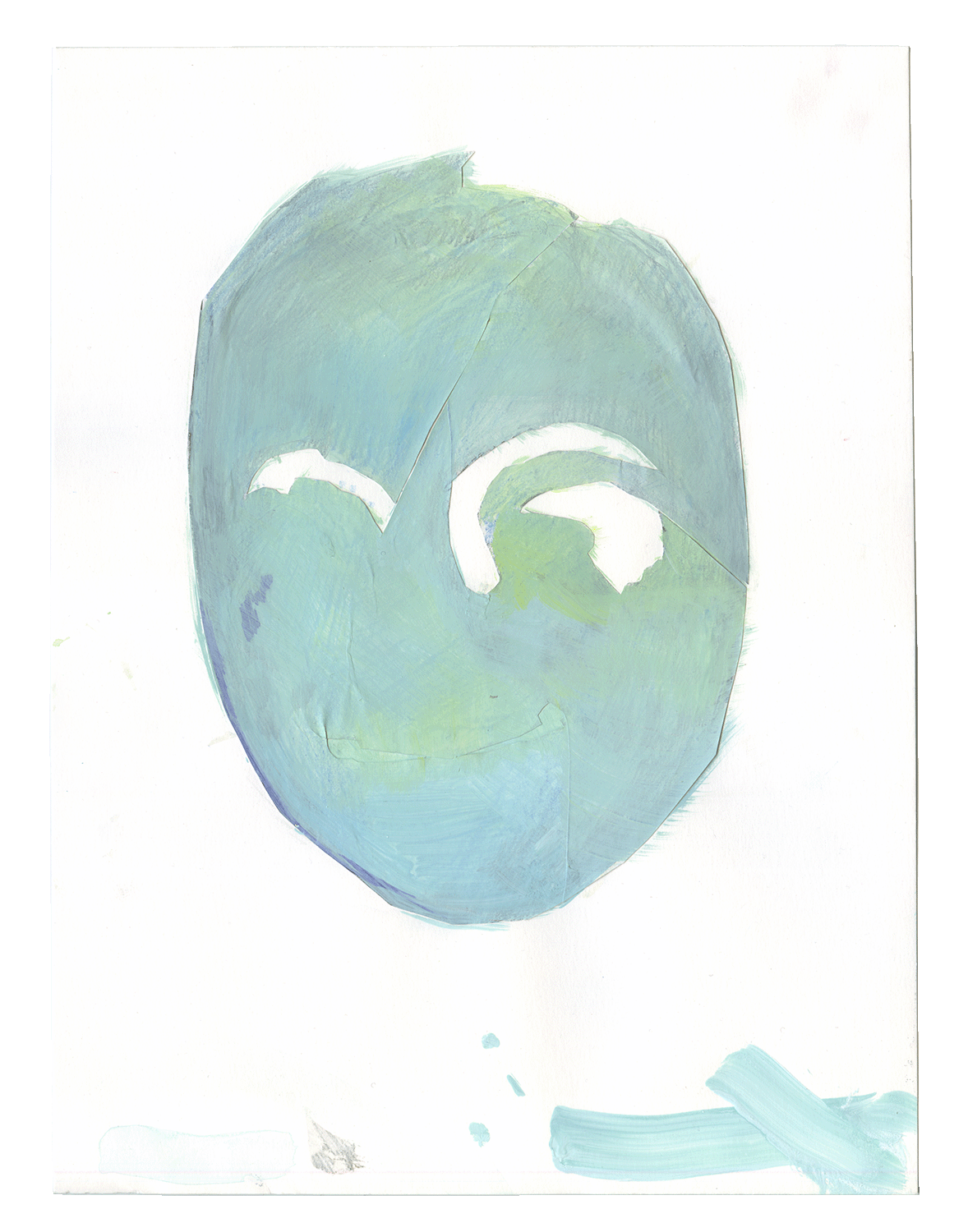
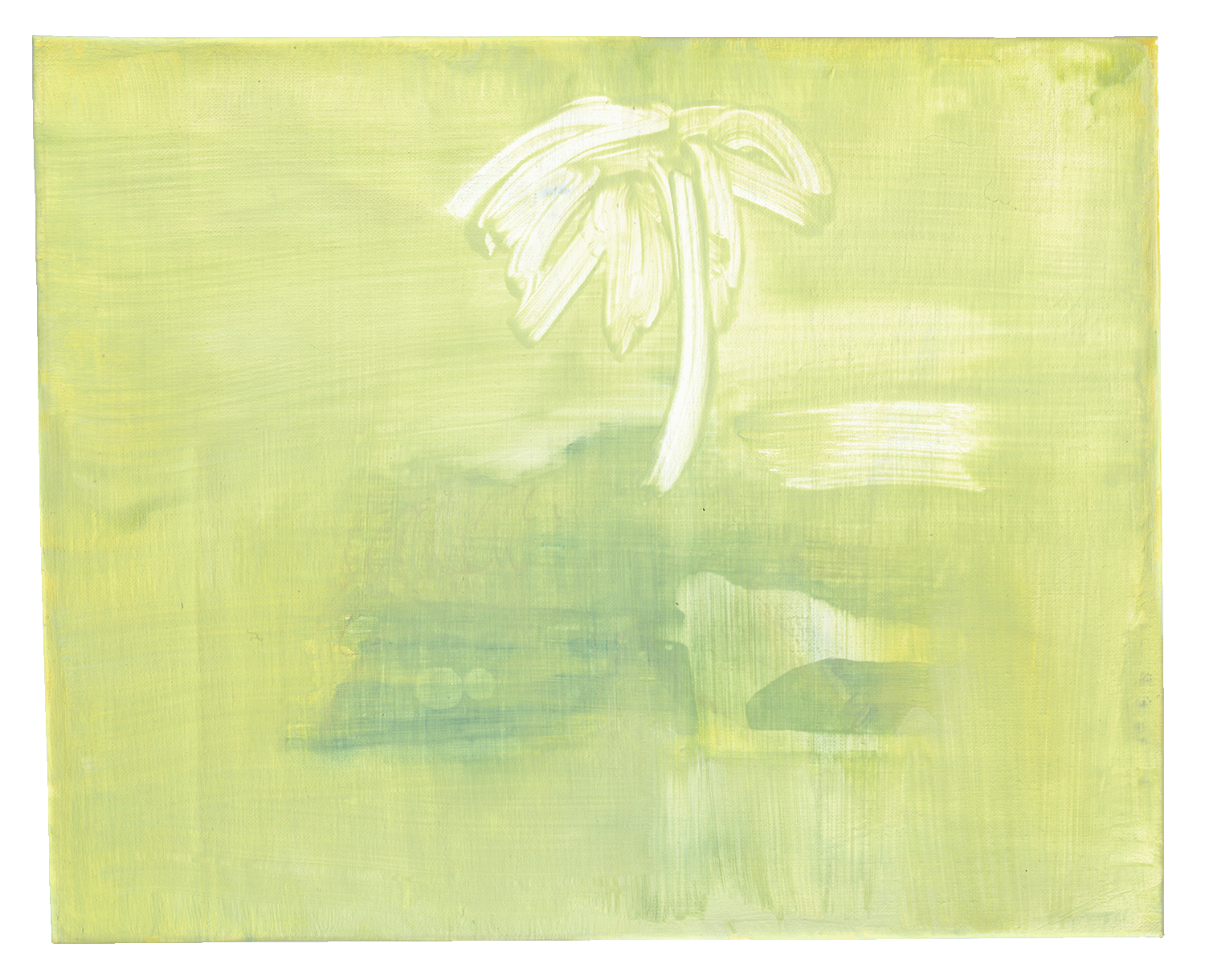
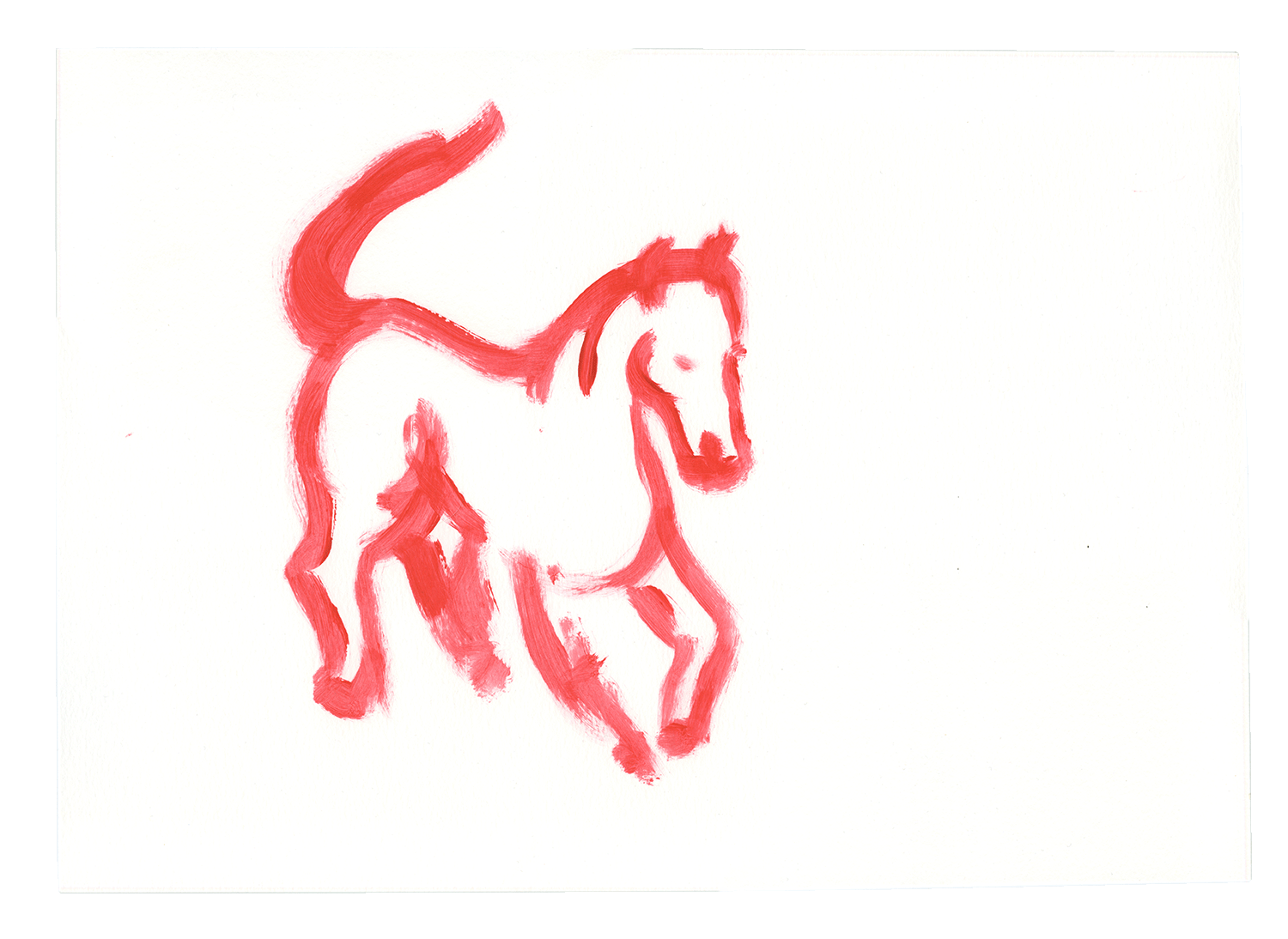
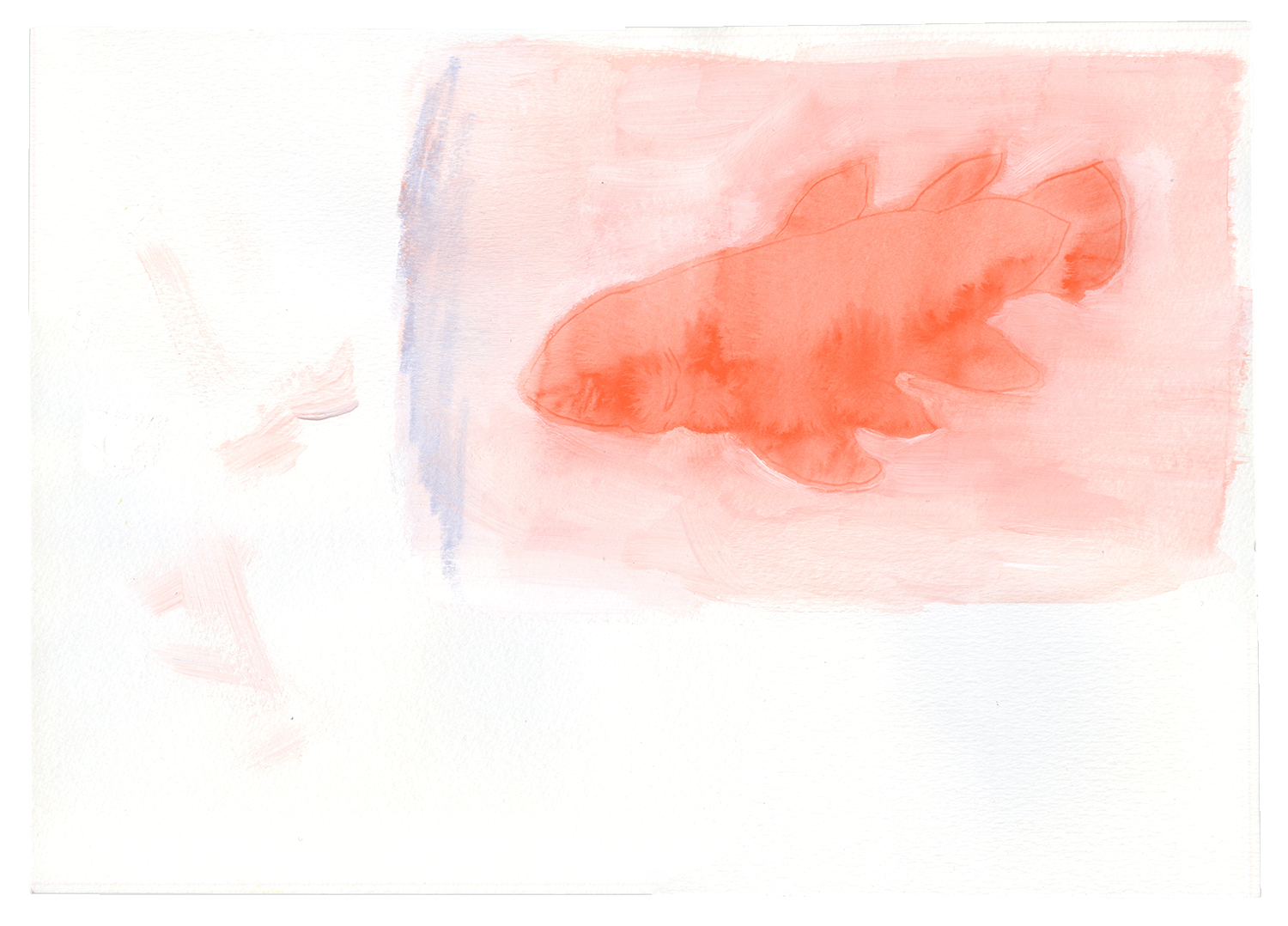
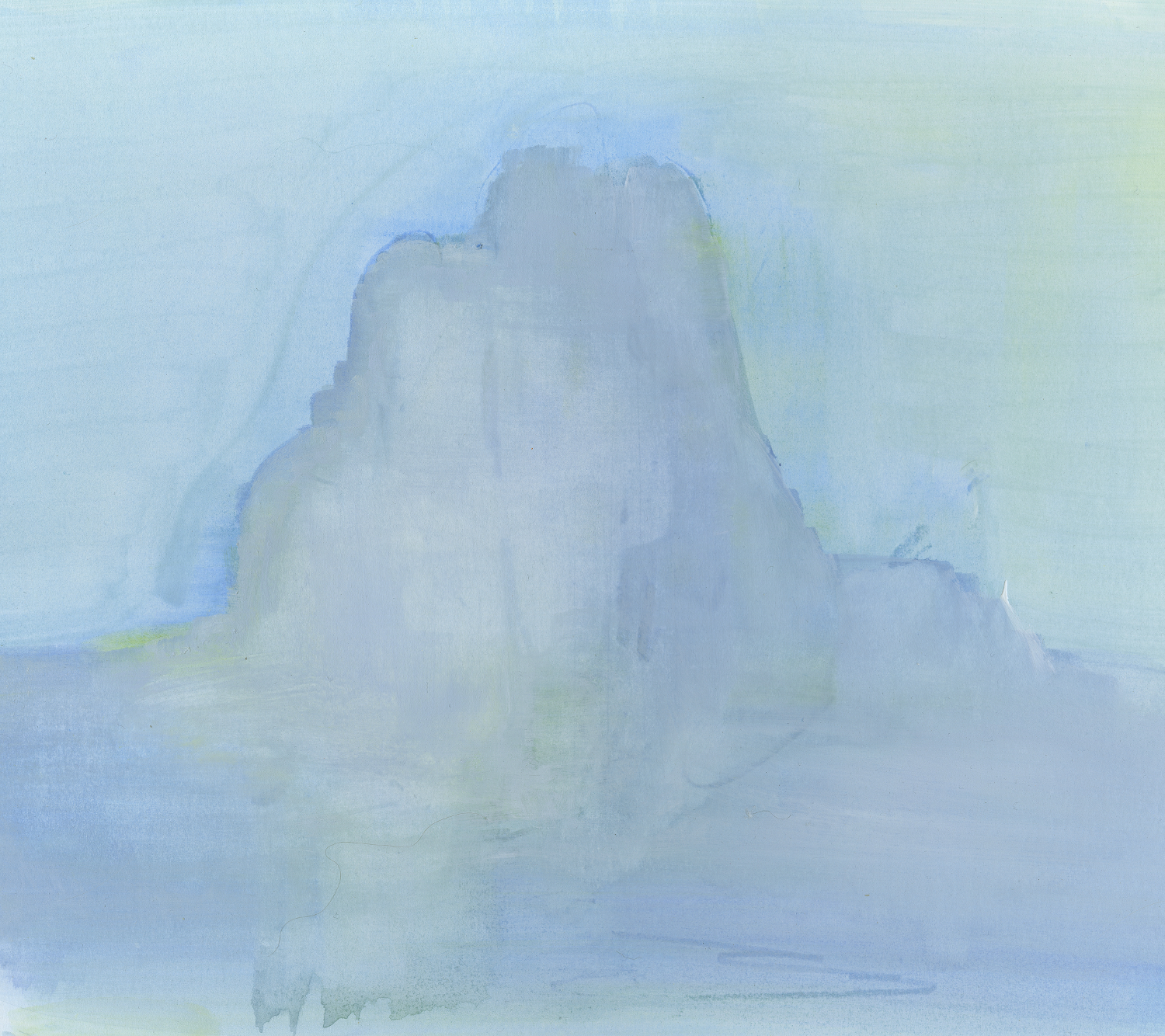
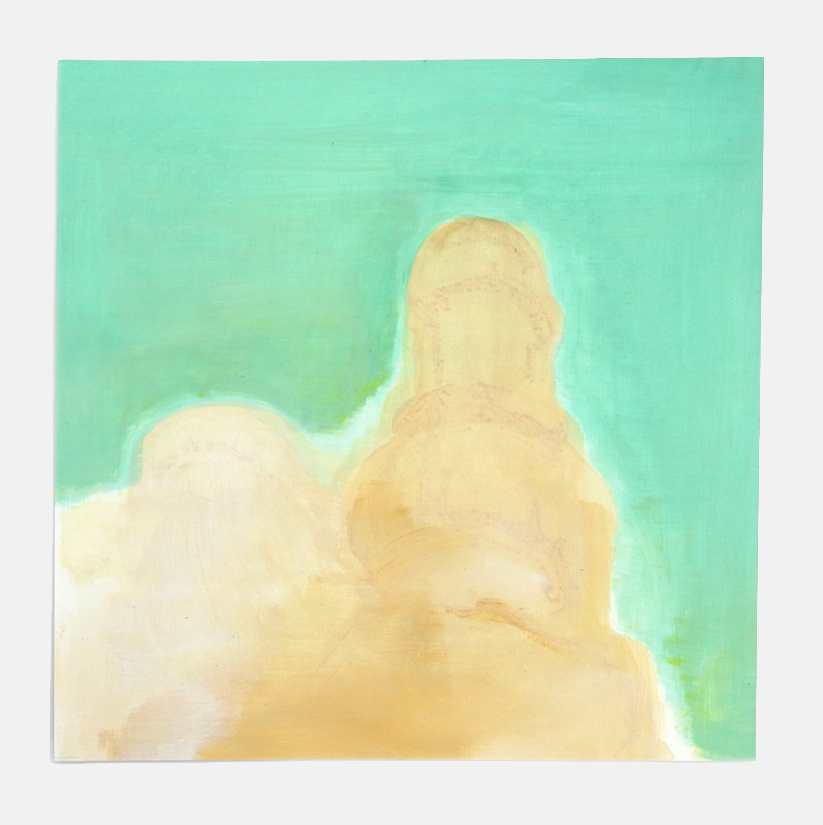

Watercolor and pencil on paper, each approx. 30x40 cm
Jardins coulés (2016-2017)
[Text from FLACC Genk]
In het project Jardins coulés spitst Sarah-Joy Zwarts zich toe op de herinnering aan haar grootvader, die naar Hoensbroek verhuisde om te werken voor Staatsmijn Emma. Als jonge man raakte haar grootvader gefascineerd door tropische flora en fauna, mede gevoed door zijn dienstplicht in Indonesië. Aanvankelijk wilde hij zelfs tropisch botanist worden, maar toen dit niet lukte, nam hij een baan bij de mijnen aan.
Tijdens zijn verdere leven bleef hij zijn interesse voor exotische planten en dieren koesteren.
De link die gelegd kan worden tussen steenkool en tropische planten, vormde voor Sarah het startpunt van haar project. Ondanks het feit dat haar grootvader geen vorming als botanist kreeg, was hij uiteindelijk wel indirect werkzaam tussen de tropische plantenresten: steenkool wordt immers gevormd door het residue van planten uit het Carboon. Sarah verweefde dit gegeven met persoonlijke herinneringen aan haar grootvader tot een nieuwe reeks werken op papier.
[Publication NL / EN available - text by Stef Van Bellingen (contact Sarah for more info)]
De link die gelegd kan worden tussen steenkool en tropische planten, vormde voor Sarah het startpunt van haar project. Ondanks het feit dat haar grootvader geen vorming als botanist kreeg, was hij uiteindelijk wel indirect werkzaam tussen de tropische plantenresten: steenkool wordt immers gevormd door het residue van planten uit het Carboon. Sarah verweefde dit gegeven met persoonlijke herinneringen aan haar grootvader tot een nieuwe reeks werken op papier.
[Publication NL / EN available - text by Stef Van Bellingen (contact Sarah for more info)]

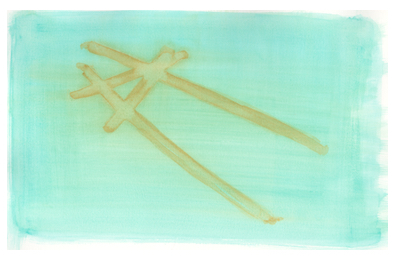

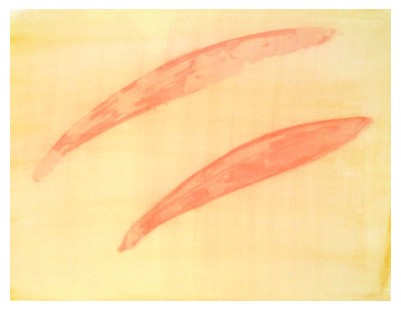

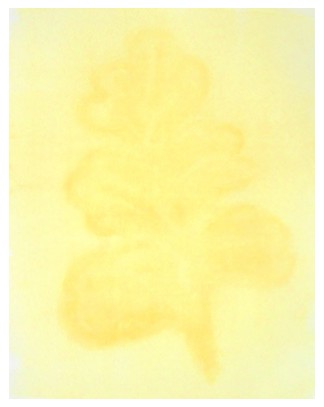
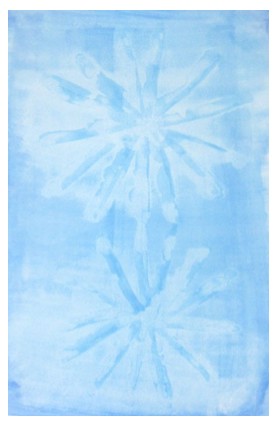
Jardins coulés (selection, 2016-2017)
Watercolor on paper, sizes varying from 30x20 to 245x152 cm
Watercolor on paper, sizes varying from 30x20 to 245x152 cm
Perhaps maybe in spring (2015)
[Text by Arno Kramer]
The working method of Sarah-Joy Zwarts is open and often in search. In which direction the work tends to go depends, among other things, on whether it shows a visual reflection of something specific, for example a chandelier.
The working method of Sarah-Joy Zwarts is open and often in search. In which direction the work tends to go depends, among other things, on whether it shows a visual reflection of something specific, for example a chandelier.
At the same time, the drawing lets the viewer wander into poetic nebulae - with pleasure for that matter. Sometimes however a form grows intuitively and resembles a shape, a light source or perhaps a planet? The use of color in her drawings strongly determines the atmosphere they express.
They can be mysterious, but also clear, but overall strictly personal in their development.

Perhaps maybe in spring (selection, 2015)
Watercolor on paper, each 30x20 cm
Watercolor on paper, each 30x20 cm
Green river, shallow water (2014)
[From the catalogue of Graduation, KASK Ghent:]
With the aid of historical anecdotes and objets trouvés, Sarah-Joy Zwarts explores her homeland. She is mainly fascinated by the atmosphere in the region as it appears filtered through her own perception.
With the aid of historical anecdotes and objets trouvés, Sarah-Joy Zwarts explores her homeland. She is mainly fascinated by the atmosphere in the region as it appears filtered through her own perception.
Her research and discoveries are reflected in sets of personal drawings, which, in all their diversity, somehow represent the fragmentation of human memory.
The series Green river (shallow water) continues this exploration and approaches a specific part of the Meuse Valley hinterland.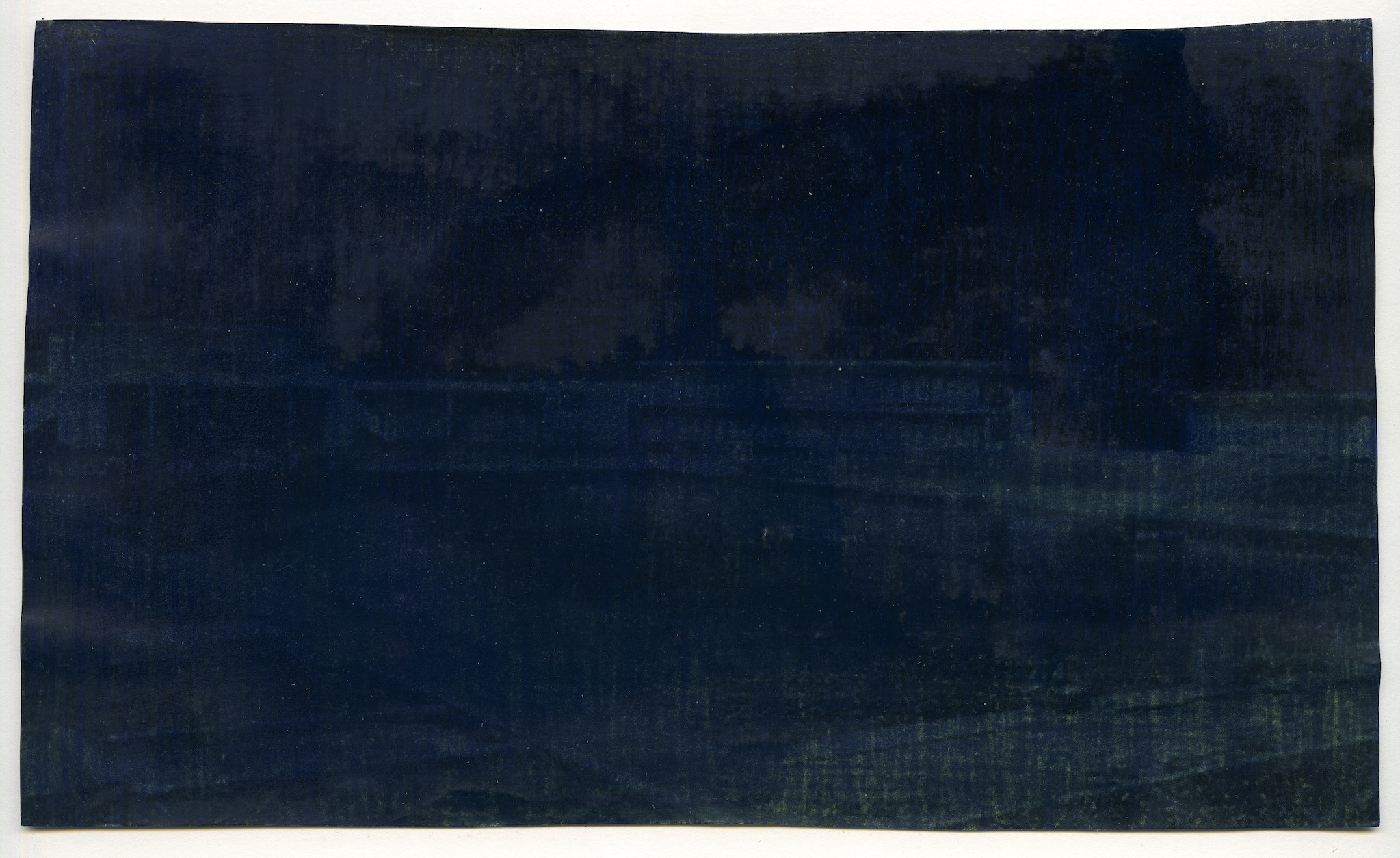
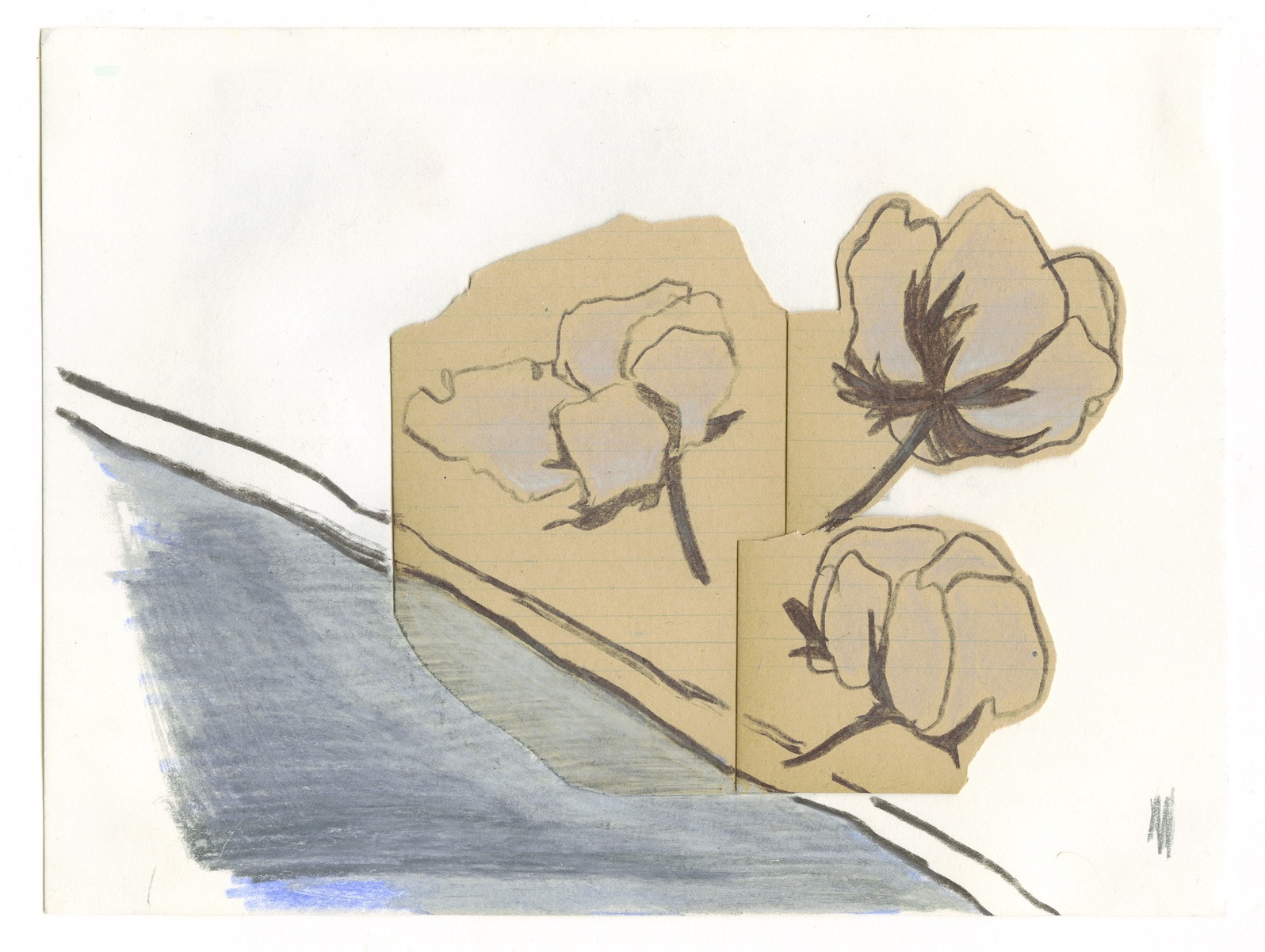
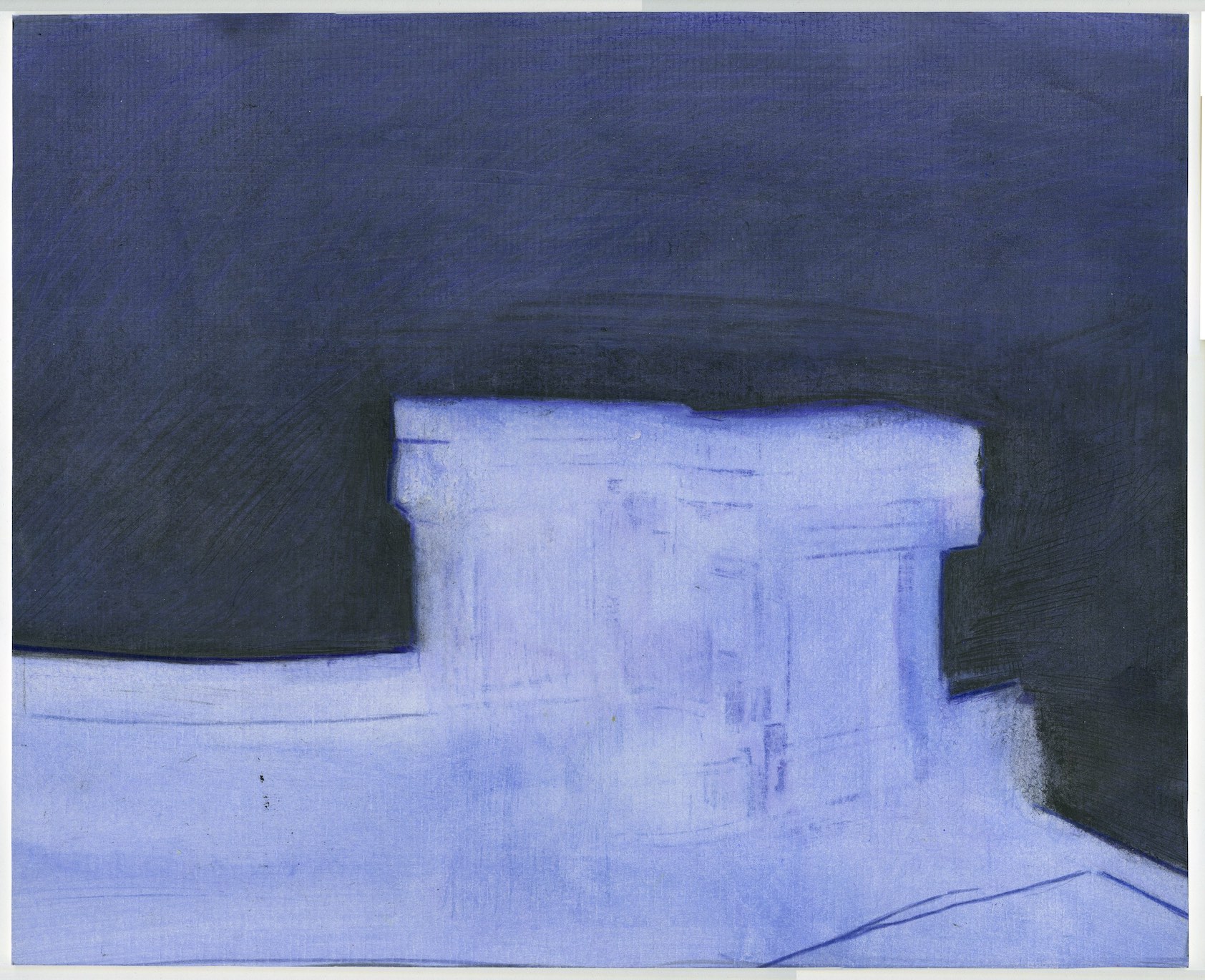

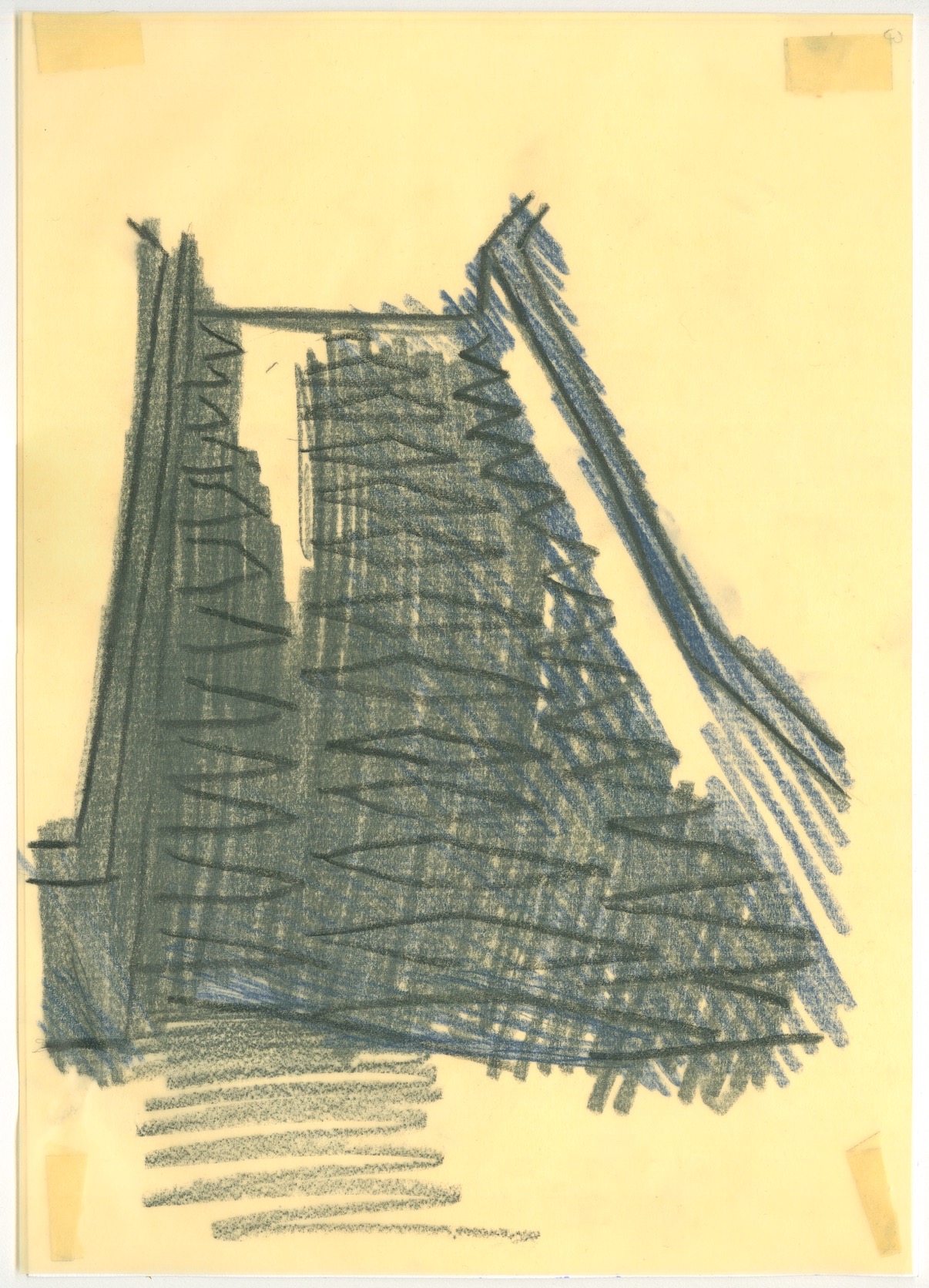
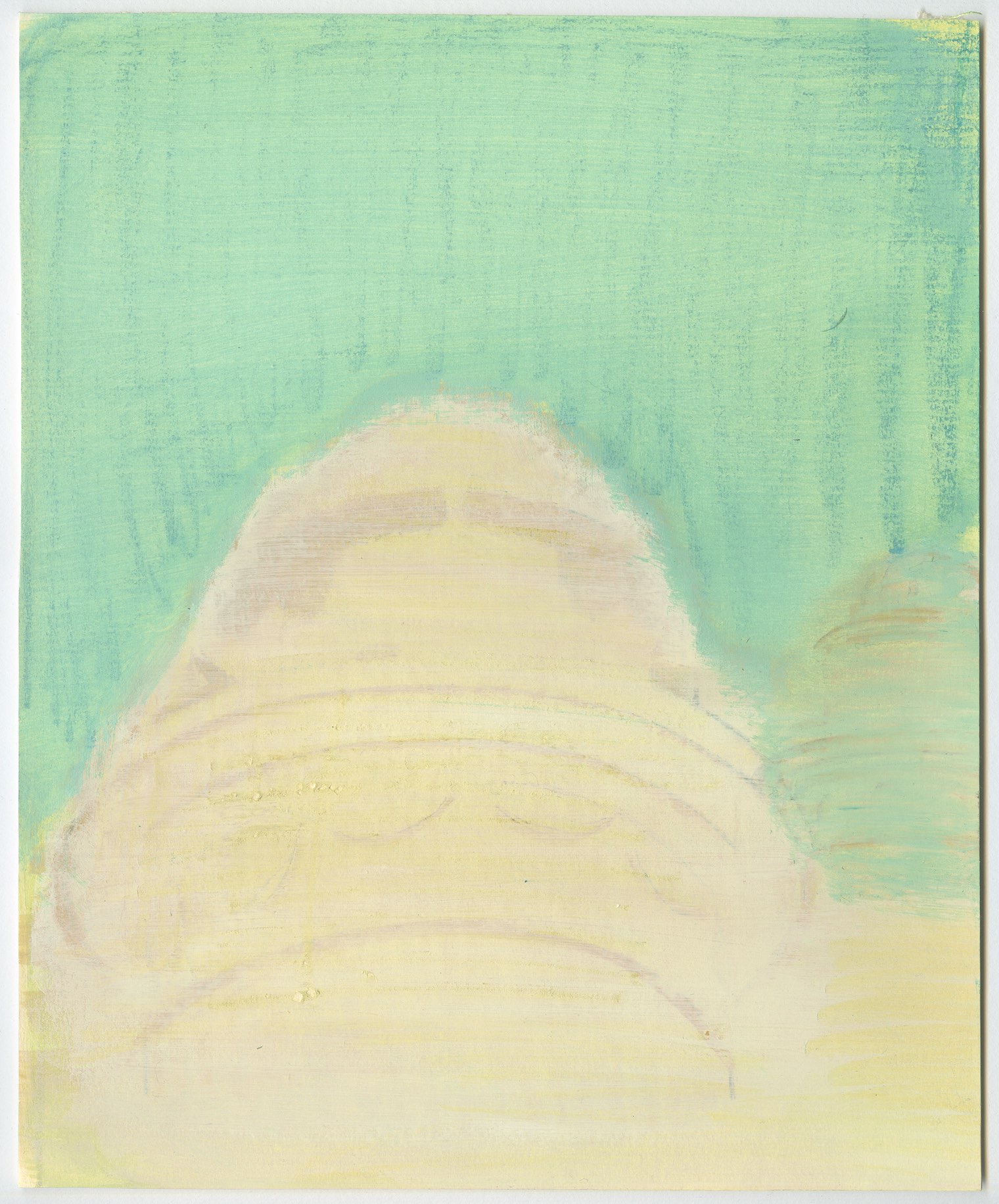
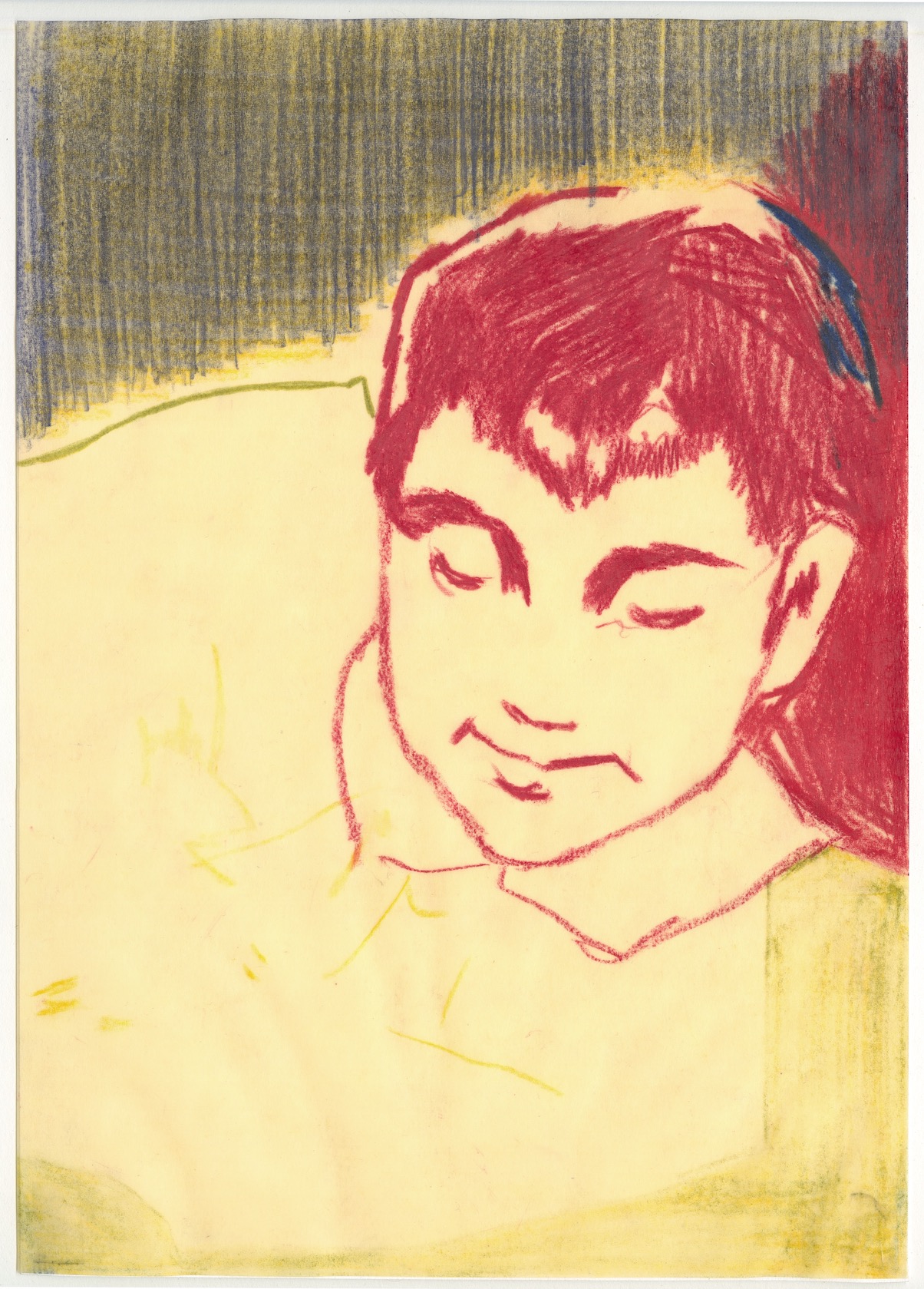
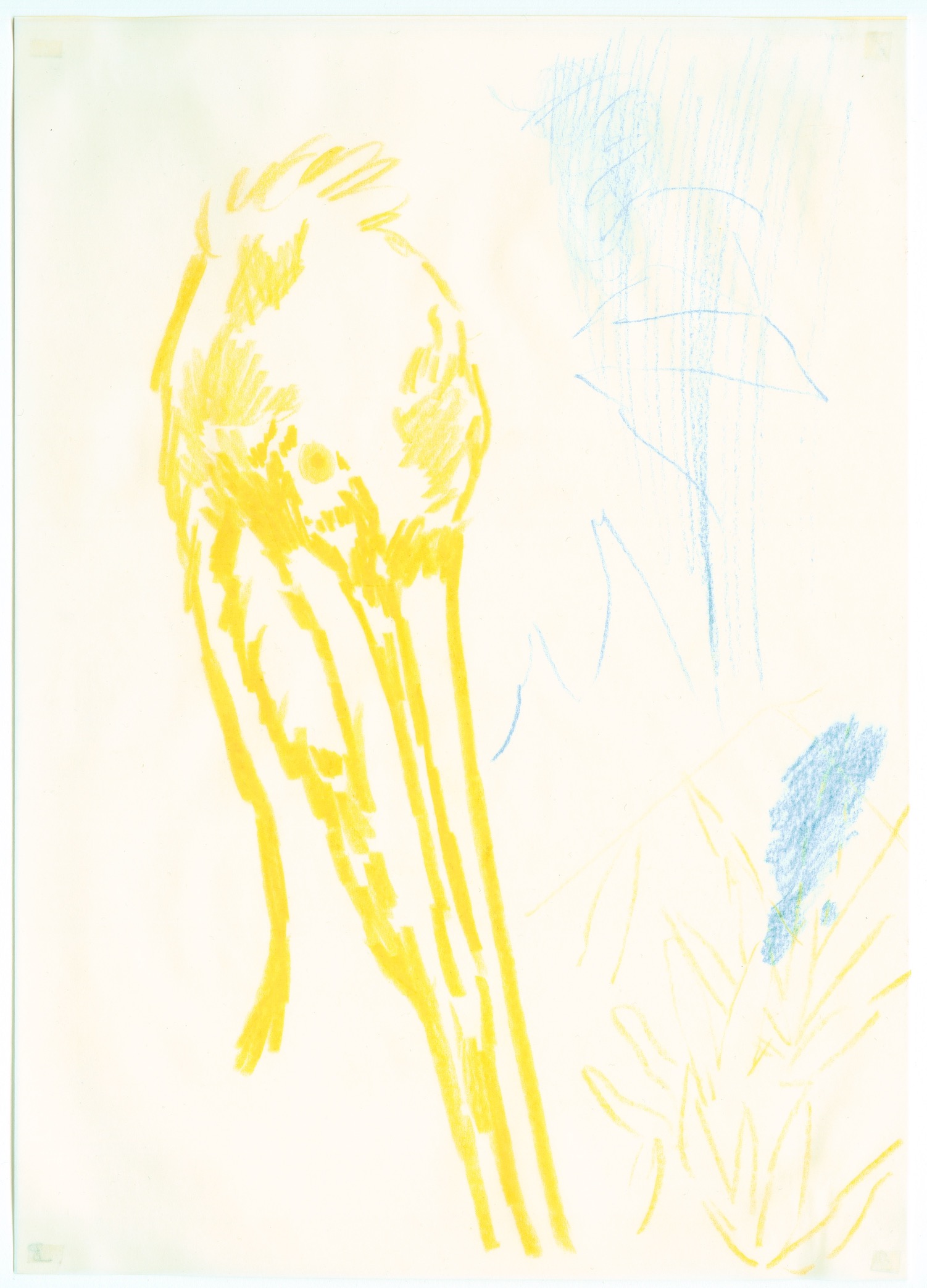


Green river, shallow water (selection 2014)
Pencil and watercolor on paper, each ca. 30x40 cm
Pencil and watercolor on paper, each ca. 30x40 cm
